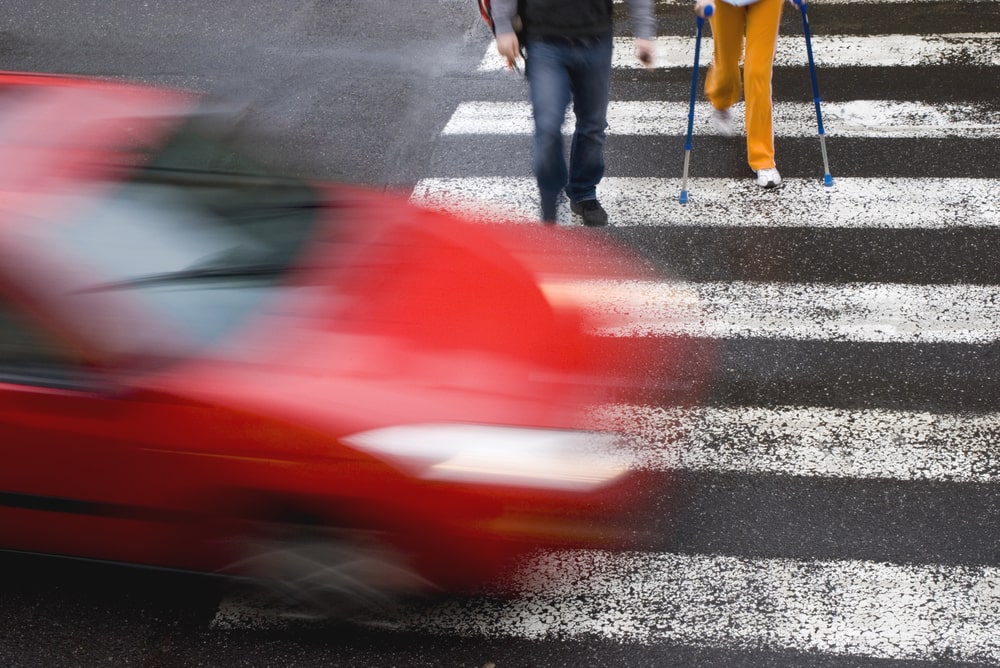
Surveillance footage can play a vital role in pedestrian accident cases. It offers concrete evidence of what happened before, during, and after the incident, often providing a clear picture of who was at fault. In legal proceedings, a pedestrian accident lawyer can leverage this footage to prove liability and determine the extent of your damages. Understanding how surveillance footage influences pedestrian accident claims can help you better assess the strength of your case.
Establishing Liability With Clear Evidence
One of the most significant ways surveillance footage impacts pedestrian accident cases is by establishing liability. Our colleagues at Pioletti, Pioletti, & Nichols state that most pedestrian accidents happen in busy areas where many people may witness the incident. However, human memory can be unreliable, and witness testimonies can vary. In contrast, surveillance footage offers an unbiased, factual record of events. Whether the accident occurred at an intersection, crosswalk, or near a parking lot, video evidence can show whether the driver was speeding, running a red light, or failing to yield the right of way to the pedestrian.
For example, if a driver claims they did not see the pedestrian or that the pedestrian was crossing outside of a crosswalk, surveillance footage can challenge this statement. It can demonstrate the pedestrian’s actions and whether they were legally crossing or if the vehicle violated traffic laws. In many cases, video footage can serve as the deciding factor in proving who was at fault. This evidence is especially important in cases where there is a dispute about the sequence of events.
Supporting Injuries And Damages Claims
Another critical aspect of surveillance footage is its ability to support the pedestrian’s injuries and damages claim. After a pedestrian accident, the victim may suffer from a variety of physical injuries, including broken bones, head trauma, or spinal cord injuries. While medical records and doctor testimony are vital to documenting these injuries, video footage can provide additional evidence to strengthen the claim.
For instance, video from nearby surveillance cameras can show the impact of the accident, how the pedestrian was thrown, and any immediate injuries sustained. This can help illustrate the severity of the collision and its impact on the victim’s health. In some cases, the footage can also reveal the pedestrian’s initial behavior, such as their walking speed or position on the road, helping to clarify any questions about the accident’s cause. With this visual evidence, it becomes easier for personal injury attorneys to demonstrate how the crash occurred and the level of harm sustained, ultimately influencing the settlement or jury’s decision on the amount of damages awarded.
Handling Disputes And Legal Challenges
Surveillance footage can also play a significant role when disputes arise during the legal process. In many pedestrian accident cases, the defendant might challenge the claim, arguing that the pedestrian was partially or fully responsible for the accident. The defendant may also claim that the accident didn’t happen the way it was described. Surveillance footage can act as a neutral third-party witness, offering clarity in these situations.
For example, the defendant might argue that the pedestrian was jaywalking or crossing at an unmarked location, potentially shifting the blame onto the victim. However, video footage showing the pedestrian in a marked crosswalk or obeying traffic signals can directly counter these claims. Additionally, footage can resolve ambiguities, such as whether the pedestrian was walking slowly, distracted, or actively trying to cross when the vehicle approached. By providing visual evidence, surveillance footage can prevent conflicting testimony from derailing the case and help avoid unnecessary delays.
How Video Evidence Can Make Or Break Your Claim
It is clear that surveillance footage can have a significant impact on pedestrian accident cases. It serves as an essential tool for proving liability, supporting injury claims, and addressing disputes. Whether the footage comes from traffic cameras, nearby businesses, or personal dash cams, this visual evidence provides a clear, objective account of what happened. If you have been involved in a pedestrian accident, securing surveillance footage as soon as possible can strengthen your case and increase your chances of a favorable outcome. Consulting with an experienced personal injury attorney will also help make certain that all potential sources of footage are reviewed and used effectively in your claim.
